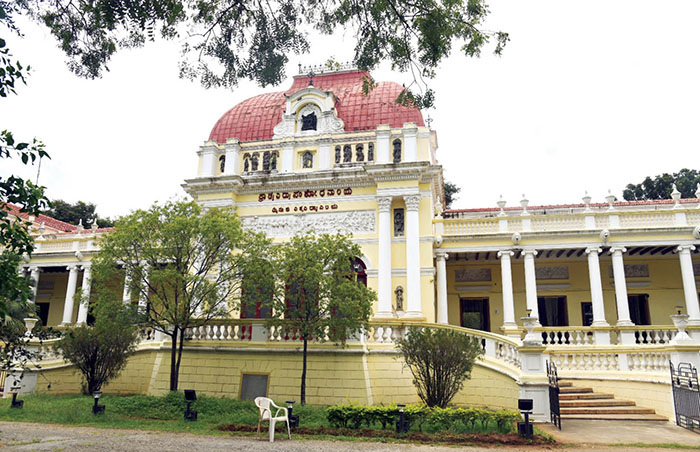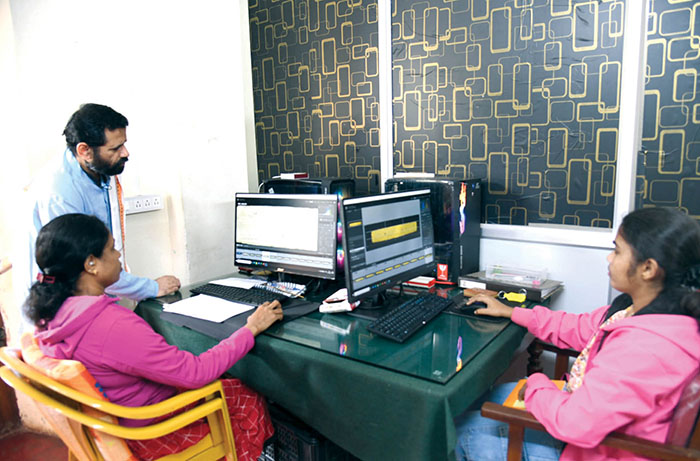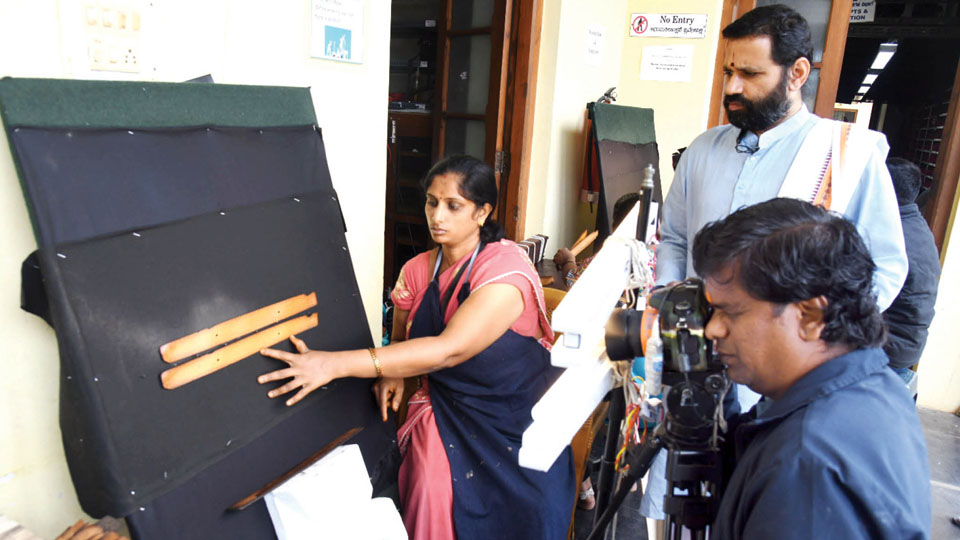- 90 percent of conservation, digitisation complete
- Manuscripts to be available online by January 2025
The digitisation of palm leaf manuscripts at the Oriental Research Institute (ORI) in Mysuru is nearing completion, with the project, which began in 2022, set to conclude by December this year.
Over 90 percent of the conservation work for these rare and priceless palm leaf and paper manuscripts, many centuries old, has been completed, alongside the digitisation of the manuscripts. The ORI is governed by the University of Mysore.
To further enhance the preservation and accessibility of these valuable manuscripts, University of Mysore entered into a Memorandum of Understanding (MoU) with Bengaluru’s Mythic Society in February 2022, initiating the project in phases and engaging over 40 professionals trained in manuscript conservation.
Multiple subjects
ORI houses over 70,000 manuscripts dating back to 650 to 700 years, written in languages such as Sanskrit, Kannada, Tamil and Telugu. Additionally, the institute preserves 41,000 rare printed manuscripts covering various literary works and treatises on multiple subjects such as philosophy, religion, literature, linguistics, astrology, medicine and various branches of knowledge.
Once the conservation and digitisation processes are complete, the manuscripts will be available online. Dr. D.P. Madhusudhan Acharya, Director of ORI, told Star of Mysore that after digitisation, the manuscripts will be accessible to research scholars, linguists and other experts. Requests for digital manuscripts can be submitted via e-mail and the required documents will be e-mailed back.
He mentioned that nearly all of the palm leaf manuscripts — around 30,000 bundles containing approximately 75,000 works — have been digitised and are now being made available online.
“There had been concerns about the fragility of these manuscripts, some of which are centuries old and at risk of being lost to time. The digitised copies of these texts eliminate the need to handle the original manuscripts, thereby extending their preservation. Furthermore, scholars from around the world can access these digital copies, saving the time and effort of travelling to Mysuru to refer to the original texts,” Dr. Madhusudhan Acharya added.

Fumigation and conservation
One of the key conservation techniques is fumigation. During this process, manuscripts are placed in a dedicated fumigation chamber to rid them of dust and termites.
Manuscripts showing signs of insect damage are treated here. After fumigation, lemongrass (Cymbopogon citratus) oil or citronella oil is applied to the manuscripts and left to dry. This oil, with its mild citrus scent, repels moths and insects, ensuring long-term preservation without leaving any residue. It also smoothens the manuscripts, enhancing their durability.
Manuscripts in poor condition are rebound by replacing old bindings with new red cotton cloth, using acid-free and starch-free materials. Damaged manuscripts, whether affected by insects or other issues, are carefully repaired by mending tears, removing stains or filling in missing text.

Scanning and uploading
For digitisation, manuscripts are image-scanned using a flatbed scanner, avoiding photocopy machines to prevent damage. Each page is carefully
scanned, whether in colour, black and white, or grayscale, depending on the need.
These scanners capture rare, fragile, historical and out-of-print manuscripts. The scanned images are then converted into formats like PDF, JPEG and PNG before being uploaded to the website for public access.
“We are undertaking another set of digitisations where photographs of manuscripts are clicked with suitable lights. They are then converted into PDF, JPEG and PNG before being uploaded on the website. Even these manuscripts will be available for public access,” Dr. Madhusudhan Acharya explained.








Recent Comments